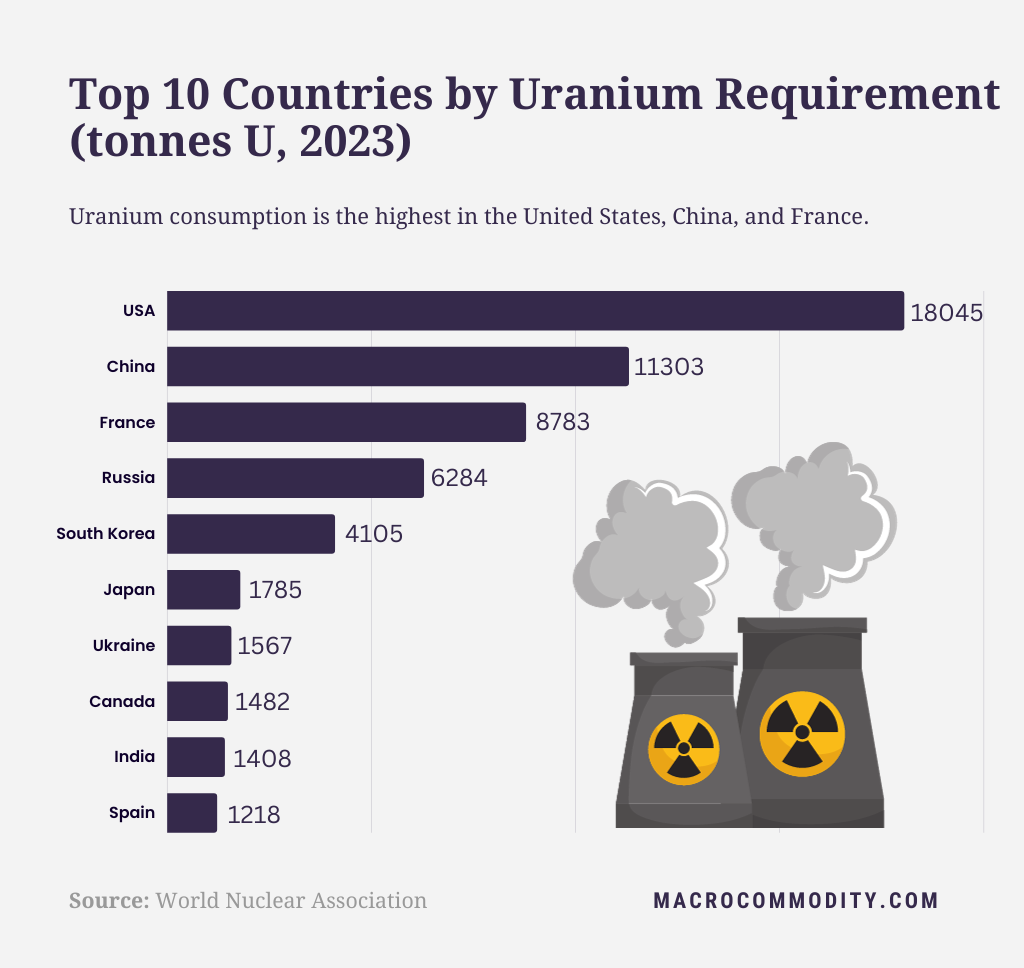Demystifying the Art of Assaying in Mining
What is an Assay?
An assay is a systematic procedure employed to determine the concentration, presence, or quantity of a specific substance in a sample.
In the context of mineral exploration and mining, an assay typically refers to the analysis of metals and minerals present in rock samples.
At its core, an assay is a test. But it’s not just any test. It’s a procedure used to determine the content and quality of a mineral or metal in a rock sample. Think of it as a quality check for the earth’s treasures.
Types of Assays in Mineral Exploration:
- Fire Assay: This is one of the oldest and most reliable methods, especially for gold and silver. It involves melting the rock sample in a furnace with a mixture known as flux. The metal of interest (e.g., gold) gets separated and settles at the bottom, forming a “button.” This button is then weighed to determine the concentration of the metal in the sample.
- Atomic Absorption Spectroscopy (AAS): This method uses the principles of spectroscopy to determine the concentration of specific metals in a sample. The sample is first dissolved, and then its solution is vaporized in a flame. The vaporized atoms absorb light at characteristic wavelengths, and the amount of light absorbed is proportional to the concentration of the metal.
- X-ray Fluorescence (XRF): This non-destructive technique involves irradiating the sample with X-rays. The sample then emits secondary X-rays, which are measured. The energy and intensity of these emitted X-rays can determine the elements present and their concentrations.
How is an Assay Conducted?
While there are various methods to conduct an assay, the general process is as follows:
- Sample Collection: Geologists collect rock samples from different parts of a mineral deposit. This can be from the surface or from deeper underground.
- Crushing and Pulverizing: The rock samples are then crushed into a fine powder. This ensures that the sample is homogenized, making it easier to extract the desired mineral or metal.
- Extraction: Using chemicals, the desired mineral or metal is extracted from the powdered rock. This process can vary depending on the mineral being tested.
- Measurement: The extracted mineral or metal is then measured. This can be done using various techniques, but the goal is to determine the concentration of the mineral in the sample.
Interpreting Assay Results
For commodity investors, understanding assay results is key. Here’s a simple breakdown:
- High-grade vs. Low-grade: Assay results will often refer to a deposit as high-grade or low-grade. High-grade means there’s a high concentration of the desired mineral, making it more valuable. Low-grade means the opposite.
- Average Grade: This is the average concentration of the mineral across all the samples tested. It gives investors a good idea of the overall quality of the deposit.
- Variability: If there’s a lot of variability between samples, it might mean the deposit is inconsistent. This can affect the feasibility and profitability of mining the deposit.

